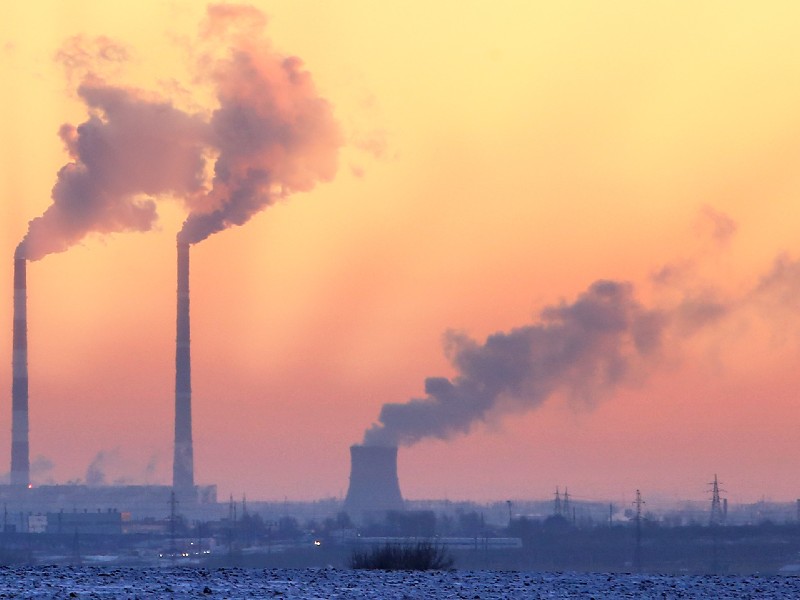
Over the past decade, most Canadian pension funds committed to responsible investing. They’ve embraced numerous initiatives to incorporate environmental, social and governance (ESG) factors into investment decisions and they’ve identified climate change as a material topic for investors.
But the climate change discussion has been disproportionately focused on carbon disclosure and greenhouse gas emissions reductions. Unfortunately, carbon disclosure alone does not tell the full story on how well pension funds handle climate risk. Specifically, it does not address how well-prepared they are to handle extreme weather events, such as catastrophic floods, storm surges, droughts and wildfires, which have become a multibillion-dollar problem globally.
Such focus is required, as extreme weather events like Hurricanes Irma, Maria and Harvey are getting more frequent and severe every year. According to the International Energy Agency, this trend will continue, despite best efforts to reduce carbon emissions and limit global warming to 2 degrees Celsius.
The impact of extreme events
According to research by the Intact Centre on Climate Adaptation, University of Waterloo, flooding is the most common and costliest natural disaster in Canada. Repeated flooding raises concerns ranging from growing flood insurance premiums to an increased number of lawsuits involving businesses, developers, municipalities, provinces and insurers to the potential for negative impacts on credit ratings.

Catastrophic insurable loss data – a proxy for the total economic cost of a changing climate – demonstrates the growing cost of extreme weather in Canada. Notably, a significant portion of the total economic cost is borne by governments, businesses and taxpayers (Figure 1, denoted in pink are uninsured catastrophic losses).
The research focused on developing a national standard for Canada to reduce flood risk for new communities – a top recommendation was locating all new real estate developments away from flood risk areas, or be otherwise substantially flood-proof.
But it has broader implications for pension funds.
Pension funds, with substantial investments in real assets must rely on these assets to reduce funding risk over the long‐term. For them, the research findings should prompt them to ask key questions such as which of our real assets are in high flood risk areas (e.g., in 1-in-100-year flood risk zones)? Which of our real assets are in drought-prone areas? In zones where wildfire risk is growing? How will sea level rise impact our coastal real estate and infrastructure assets? What is the value at risk and how should risk measures be revised to most appropriately capture value at risk?
As catastrophic events affect multiple assets at the same time and extreme weather exposure applies to all asset classes, pension funds should spearhead the dialogue with public companies: through proxy voting, pension funds can request that companies disclose their exposure to, and management of, extreme weather risks; privately held companies/Direct investments: extreme weather risk can be discussed at the board level; external managers: pension funds can provide guidance and request that external managers evaluate extreme weather risk as it relates to long-term returns.
Without a holistic analysis of extreme weather risks, pension funds cannot say whether their exposure to climate change is material or not. Carbon disclosure alone does not tell the full story. Nor does it help identify measures that help mitigate against the physical risks that are already in the system.
Pension funds may consider using emerging flood-resilient community design standards as a proxy for safer areas to invest in real estate. For wildfire risk, there are programs that can be deployed to protect existing assets (e.g., Canada’s Fire Smart program). Investments into drought-resistant crops, as well as specialized farming equipment and techniques may be prudent in the Canadian prairies, where agricultural production may benefit from longer growing seasons but suffer from drought, floods and more variable weather patterns.
The scientific community is certain that there is no going back on climate change, as the global population will grow by 1.5 billion more people on the planet by 2030 — all consuming energy that is largely fossil fuel-based.
Pension funds must therefore get on the climate adaptation pathway. Carbon disclosure may be a starting point for climate change analysis, but the time is now for pension funds to disclose how they evaluate and proactively manage extreme weather risks inherent in every asset class they own today.
Natalia Moudrak is director of the Infrastructure Adaptation Program at the Intact Centre on Climate Adaptation.
